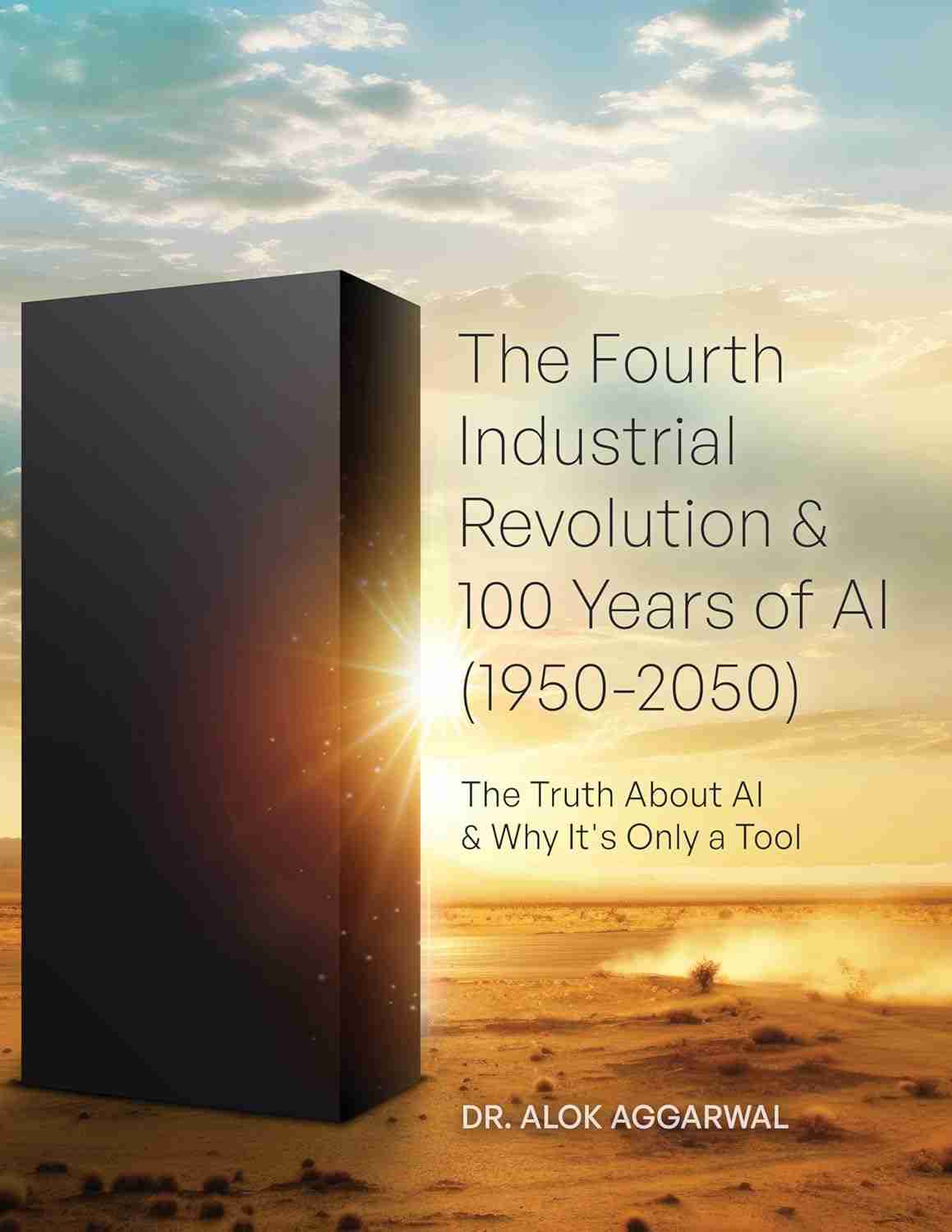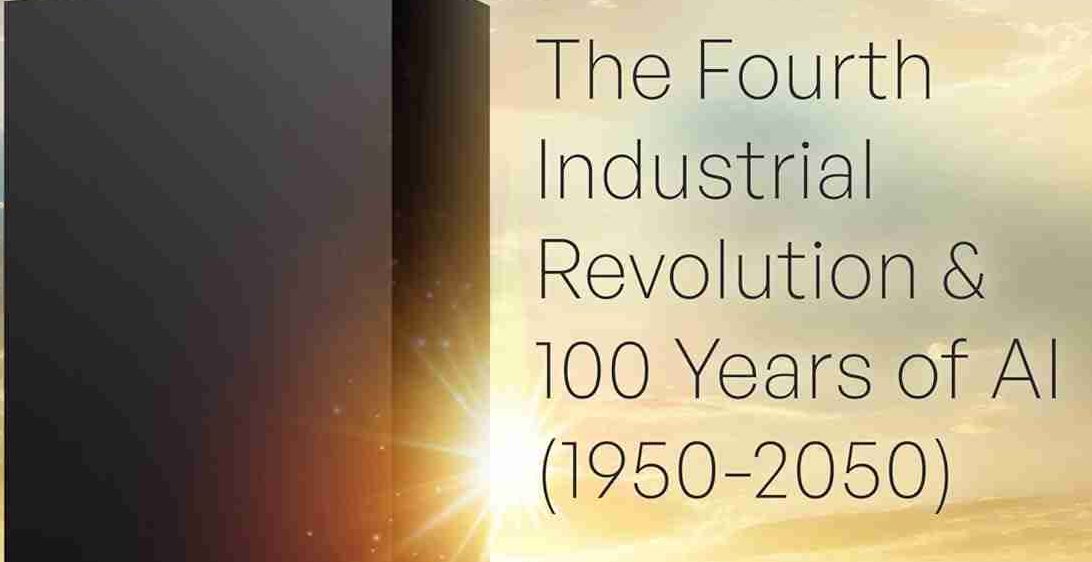The Fourth Industrial Revolution & 100 Years of AI (1950-2050): The Truth About AI & Why It’s Only a Tool
In an enlightening addition to the literary world, Dr. Alok Aggarwal offers a compelling journey through the evolving landscape of Artificial Intelligence (AI) and its integral role in shaping the Fourth Industrial Revolution in his new book, “The Fourth Industrial Revolution & 100 Years of AI (1950-2050).” With a distinct focus on Chapter 9, titled “Robotics, Driverless Vehicles, 3D Printing, and AI,” the narrative unfolds to reveal how these technologies are not just scientific advancements but are intertwined with the fabric of our daily lives, influencing everything from the cars we might not drive to the robots that could soon be our coworkers.

The story of Sophia, a humanoid robot created by Hanson Robotics in 2016, serves as a testament to the marvels of this era. Equipped with the ability to walk and express over 50 facial expressions, Sophia blurs the lines between the mechanical and the organic, challenging our perceptions of technology. With appearances on prestigious platforms like CBS 60 Minutes and Forbes, Sophia has not just showcased the pinnacle of robotic innovation but has also sparked conversations about the future of human-robot interaction worldwide.
Read Also : Ai proves old proton model wrong
Dr. Aggarwal’s analysis dives deep into the heart of robotics, categorizing these marvels of engineering into six broad groups, from industrial to humanoid robots, and highlighting their pervasive use across various sectors. It’s a world where robots tend to the sick, explore uncharted territories, and even engage in the art of conversation.
“Arthur C. Clarke’s law states that any sufficiently advanced technology is indistinguishable from magic. This is certainly true about Artificial Intelligence, which today confounds even researchers.”— Dr. Alok Aggarwal.
The narrative then shifts gears to autonomous vehicles, portraying a vision of the future where cars navigate urban landscapes without human intervention. Despite their advancements, Dr. Aggarwal sheds light on the challenges that lie ahead, from sensor limitations to the regulatory landscape, hinting at a road that’s yet to be fully paved.
Read Also : Magnetic Pole Reversal In Sun
3D printing emerges as another protagonist in this tale of innovation, promising a future where creating objects layer by layer from digital designs becomes the norm, revolutionizing manufacturing, healthcare, and even the way robots themselves are created.
Beyond these technological feats, the book delves into the symbiotic relationship between AI and big data, a duo that’s pushing the boundaries of what machines can learn and achieve. From optimizing robot movements to enhancing the precision of 3D printing, the fusion of AI and extensive datasets is depicted as a cornerstone of future innovations.
Dr. Aggarwal, with his rich background as the founder of Scry AI and co-founder of Evalueserve, not only chronicles the technological milestones of AI but also invites readers to reflect on its societal implications, including the potential displacement and creation of jobs. As the narrative unfolds, it becomes evident that this journey through AI is not just about understanding the technology but also about envisioning a future where these advancements lead to a harmonious coexistence between humans and machines.
In essence, “The Fourth Industrial Revolution & 100 Years of AI (1950-2050)” is not merely a book; it’s a doorway to the future, inviting Indian readers to step into a world where the lines between the digital and the physical blur, crafting a narrative that’s as much about technology as it is about the human spirit’s indomitable quest for knowledge and innovation.
NEWS PROVIDED BY
Scry Analytics, Inc.





